Violet bold party girl, photo, variety description, care, replanting, propagation
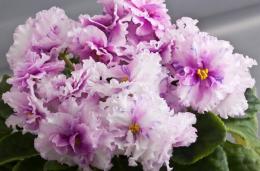
Violet bold party girl, thanks to its attractiveness, is loved by many gardeners. However, the plant is quite capricious and its cultivation requires certain agrotechnical skills.
If all the rules are followed, there should be no problems with growth and flowering, so it is important to find out about all the features in advance.
Content:
- Violet bold party girl photo and description of the variety
- Violet bold party girl chimera, features
- Conditions of detention
- Rules of care
- Feeding
- How to replant, what pot and soil to choose
- Diseases, preventive measures
- Reproduction methods
- Violet bold party girl sport
- Violet bold party girl reviews
Violet bold party girl photo and description of the variety
Plant characteristics:
- The flowers are double and look like fluffy skirts with a frill.
- The petals are pink and lilac in color, sometimes have purple spots or stripes; in the central part the color is more saturated, the border along the edge is light. Spots and stripes increase in number throughout life.
- The culture is inclined towards sports.
- The diameter of the inflorescences is six to seven centimeters. At the same time, many flower stalks are formed as a wreath or cap.
- Flowering is long, the shoots are strong, even with abundant flowering they do not bend from weight.
- The leaves are arranged neatly, formed symmetrically, the rosette is of normal size. Green color.
- The root system is expanding
- Short in stature.
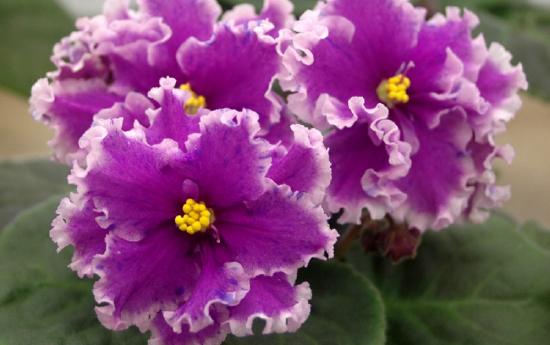
With proper care, the violet will delight the owner with beautiful buds for many years in a row.
More details about violet bold party girl - in the video:
Violet bold party girl chimera, features
This variety appeared by chance, as a result of a mutation, so the plant is considered expensive and rare. There are restrictions in reproduction process.
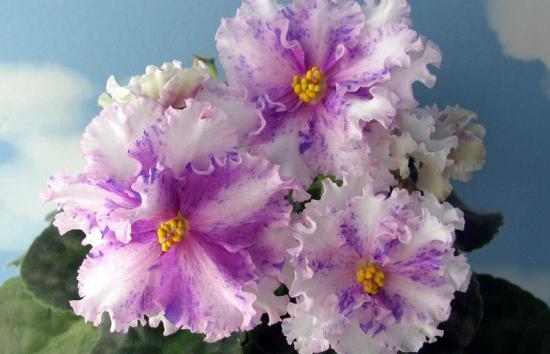
It is easy to distinguish Chimera from other species due to the presence of a stripe of a different color on each leaf.
Another feature is that you cannot propagate a flower from a leaf; you will never be able to grow an identical species. The variety can be obtained similar by propagation by children, cutting and planting the crown, and from the peduncle.
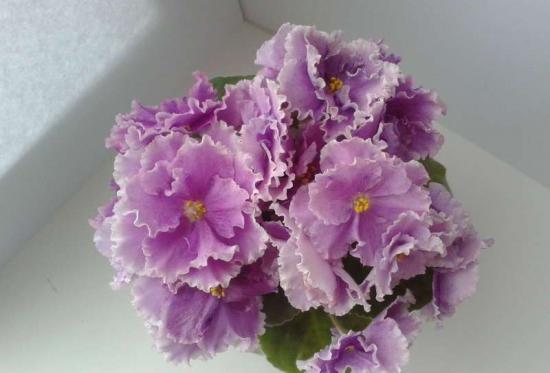
This procedure is very complicated and the result is not always positive.
Conditions of detention
There are several points to consider:
- temperature regime. The norm is considered to be from 20 to 24 degrees (at high temperatures the color becomes dark, at low temperatures it becomes pale, and the flower may die);
- the need for diffused but bright light (for this, the flowerpot must be placed on a saucer on the north-west, west or north-east side);
- if the windows face only north, additional lighting is required; if they face south, they should be darkened and protected from direct ultraviolet rays;
- Humidity levels should range from fifty to sixty percent.
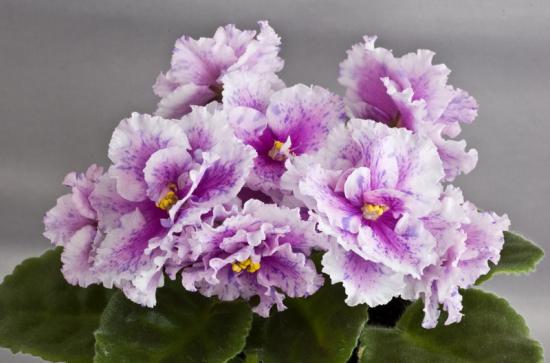
Compliance with all these nuances will create optimal conditions for violets.
Rules of care
Watering plays a special role; soil aridity and waterlogging are both dangerous. Several methods are used:
- wick;
- regular soil watering;
- pouring water into the pan.
Water is poured into the tray and pots with violets are placed on top, after 30 minutes the pots are pulled out, the water is removed to place the pots in a dry place.
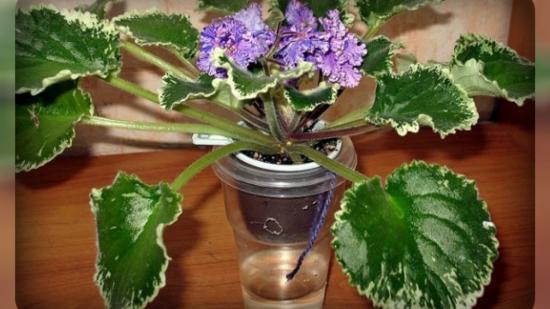
The best option is wick. To do this, take a synthetic cord, one edge is brought out through the bottom, the other end of the cord is lowered into the ground in the center of the pot and sprinkled. The flowerpot is placed in a container with water, where the outer cord is lowered. This system is similar to drip irrigation.
Learn more about the rules for caring for violets in the video:
Feeding
The first feeding is carried out in April, using mineral and organic substances. The second type of fertilizer is especially necessary when foliage is forming.
The next feeding is carried out during the formation of inflorescences. In this case, potassium and phosphorus are taken; the use of nitrogen is contraindicated.
The last fertilizers are introduced at the beginning of autumn (mid-September), using funds for this crop.
Subsequently, a dormant period begins, and the plant does not need feeding or fertilizing.
How to replant, what pot and soil to choose
Transplant is being carried out two types:
- emergency;
- planned.
Rules for planned transplantation:
- It is carried out in early spring or mid-autumn, after the flowers have fallen.
- All children are removed, the soil and the pot are replaced with a larger one.
An emergency procedure is performed in the following cases:
- growth stops;
- a white coating has formed on the ground;
- there are no buds.
The diameter of the pot is from 7 to 10 cm for a young plant and 12-13 cm for an adult. The flowerpot should be low but wide. Plastic containers are ideal as they hold moisture well.
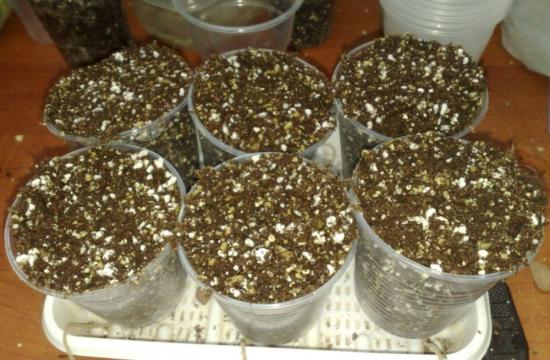
The soil should be loose, special for violets. Expanded clay is used as drainage.
To make the soil lighter, add ten percent perlite and vermiculite, and a little wood ash for disinfection.
Diseases, preventive measures
Characteristic diseases:
- gray rot;
- powdery mildew;
- late blight;
- Fusarium
To prevent diseases, do not over-water the soil and do not keep the flower in a cold or dark room. Avoid temperature changes and drafts.
Reproduction methods
There are several options:
- children;
- stepchildren;
- leaf with stem.
In the first case, the baby is cut off during the flowering period.
In the second case, you need to remove the rosette from the flowerpot and use a sharp knife to cut off the side stepsons, which must have their own root and a couple of leaves. The stepsons are sent into containers and covered with film for a greenhouse effect.
Third option. Take a cutting, put it in liquid with activated carbon, after 14 days roots will appear. Now it is transplanted into the soil, watered and covered with film until new shoots form.
Violet bold party girl sport
Breeders do not always manage to transfer hereditary properties to a variety. Sporting occurs when the children differ from the mother plant, hence the name – sport.
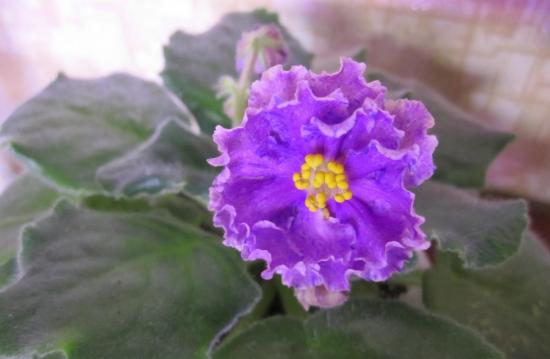
Violet bold party girl sport differs from the usual type in the color of the buds. In addition to pink and purple shades, there are lilac, white and lavender.
Thanks to sporting, you can develop a flower that is not similar to any other option.
Violet bold party girl reviews
The plant brings a sea of positivity and pleasure to all owners of violets. The plant has beauty and grace.
Here are some reviews.
Elena: Violet is so airy and light, in one word “girlish”. My flowers are a soft pink color with translucent petals. It seems that if you blow on the bud, it will fly apart.
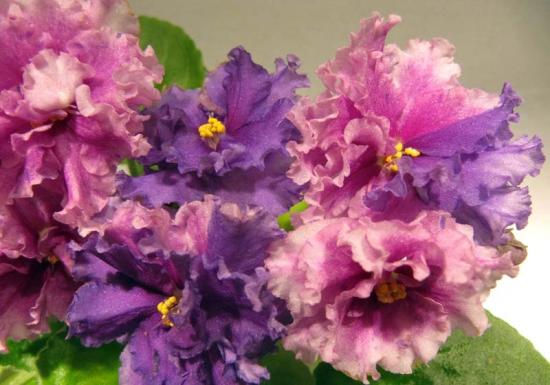
Sonya: The sports are impressive, they are so diverse that it is impossible to predict what awaits you next time.I got a pair of sports shoes, I’m sure no one else has these. This is incredible!
So, the bold party girl violet is a very delicate and beautiful flower. With proper care, it can please the eye for many years.

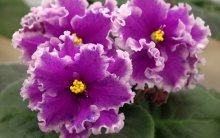


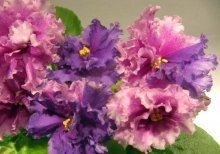
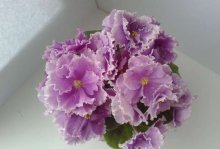
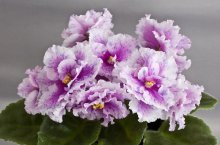
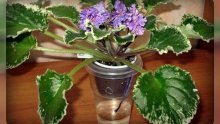
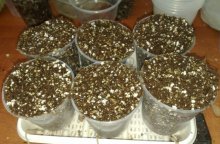

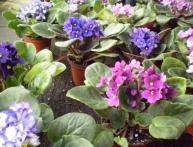

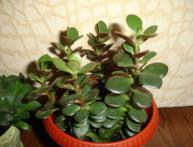

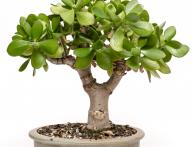
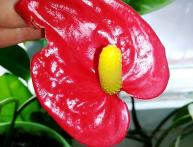
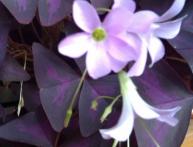
Comments
A very beautiful violet, but they are all capricious, regardless of the variety, they should always be watered from the bottom, children usually forget this and water from above because of this the violet withers. That’s why I don’t allow children to water violets.
At my work my entire window sill is filled with these. Very beautiful and uplifting. Yes, they are capricious and require care, but such beauty is worth it. The main thing is to create suitable conditions for them.
Well, at work it is doubly difficult to grow such beauty, someone will definitely pour from above, and violets really don’t like this, everyone without exception, so I don’t have them at work.